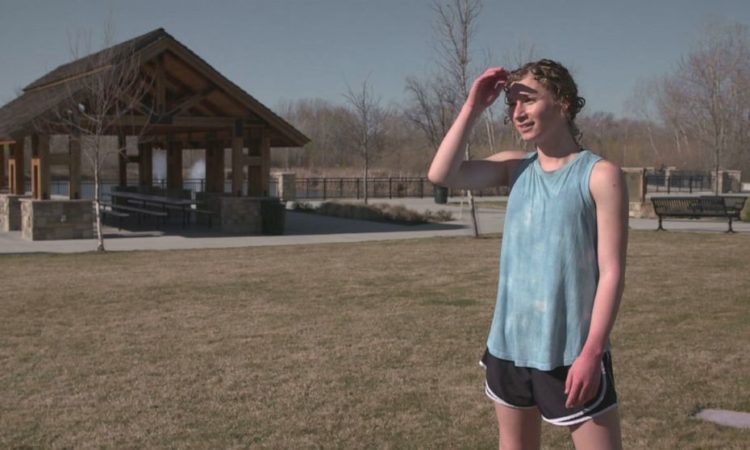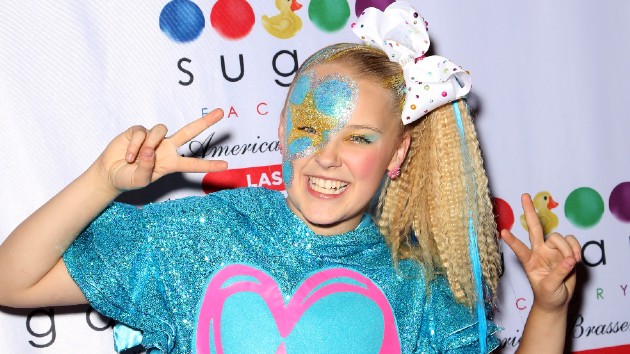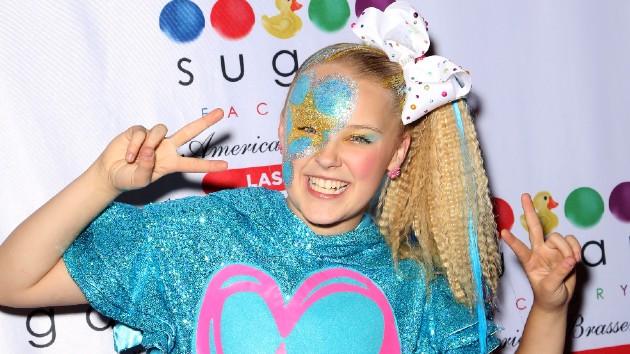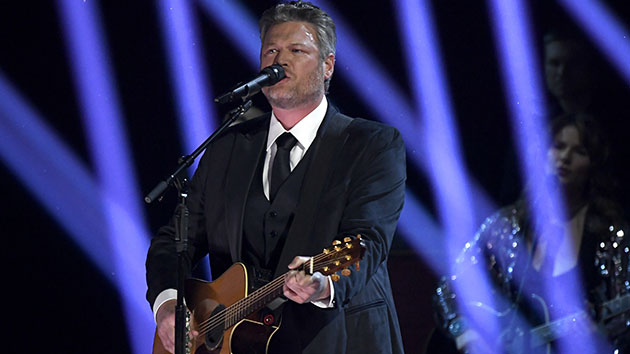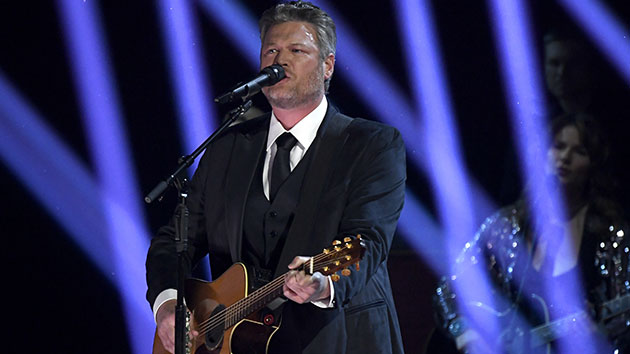 Burak Sur/iStockBy CATARINA ANDREANO, ABC News
Burak Sur/iStockBy CATARINA ANDREANO, ABC News
(WASHINGTON) — Centers for Disease Control and Prevention Director Dr. Rochelle Walensky anticipates that all schools will be fully in person and no longer remote in September 2021.
“We should anticipate, come September 2021, that schools should be full-fledged in person and all of our children back in the classroom,” the CDC director told ABC News Chief Medical Correspondent Dr. Jennifer Ashton during an Instagram Live conversation on ABC News.
She said that parents and teachers should anticipate this regardless of whether children are vaccinated or not. “We can vaccinate teachers, we can test, there’s so much we can do,” she said.
Asked when she expects children will become eligible to get vaccinated, Walensky said by mid-May. Pfizer recently released promising data indicating its vaccine is safe and effective for children ages 12 to 15.
“Mid-May maybe we’ll be able to have a vaccine from Pfizer that we’ll be able to do down to 12,” she said, pending Food and Drug Administration authorization for that age group.
She expects Moderna will soon follow Pfizer because those studies are currently underway. She said she is hopeful that by summertime there will be two vaccines available for children 12 and up. Johnson and Johnson Is expected to start their pediatric trials in the months ahead.
Walensky doesn’t anticipate the vaccine will be authorized for children younger than 12 before the end of the year.
Walensky’s comments came shortly after she said during a White House briefing that the more contagious variant of coronavirus that originated in the U.K., the B.1.1.7 variant, has become the dominant strain in the U.S.
All three vaccines authorized in the U.S. — Pfizer, Moderna and Johnson & Johnson — are believed to work well even against the U.K. variant.
Walensky stressed that the multiple COVID variants are serving to reinforce her goal of wanting a large portion of the U.S. population to get vaccinated.
“My goal is to have people want to roll up their sleeves and get vaccinated,” she said.
Asked if she agrees that 85% is the percentage of the population that should be vaccinated, in agreement with Dr. Anthony Fauci, the director of the National Institute of Allergy and Infectious Diseases, Walensky declined to put a number on it. She said estimates on the right percentage for herd immunity vary dramatically.
“[It] depends on how transmissible the virus is, and that we estimate that number based on the transmissibility. … What we know is that transmissibility is actually a little bit of a moving target, because with more variants, some of these variants are more transmissible. So the more transmissible the variant, the more likely we’re going to need a larger proportion of the population vaccinated,” she said.
During a White House briefing last week, Walensky urged caution amid fears of a fourth wave. Then days later, the CDC updated its guidance on travel for fully vaccinated people. The guidance said that fully vaccinated people can travel within the U.S. without COVID-19 testing or quarantines as long as they continue to take precautions like wearing a mask, socially distancing and washing their hands.
Asked about the “confusing” messaging by Ashton, Walensky said “sometimes the messages are complex” and that people working in public health aren’t treating individuals, they are treating the population.
“We need to be able to offer people who are vaccinated things that they are able to do if we want people to come forward and get vaccinated: visit with their loved ones, visit their grandchildren, perhaps travel on a plane at lower risk. That’s an individual message,” she said. “While we have fully vaccinated 19% of the population, 80% of the population remains unvaccinated and that is certainly enough to cause a surge. And so on a population level, we still very much need to practice good public health measures — masking mitigation, distancing.”
She still stood behind President Joe Biden’s comments that the Fourth of July holiday will look a little more normal.
“I would say still practice the mitigation strategies, still mask, still distance, try and keep the crowds to a minimum,” Walensky said. “Because I really do think that when we get most of this country vaccinated, we can get back to a healthier, more normal evening at the baseball field.”
Copyright © 2021, ABC Audio. All rights reserved.



